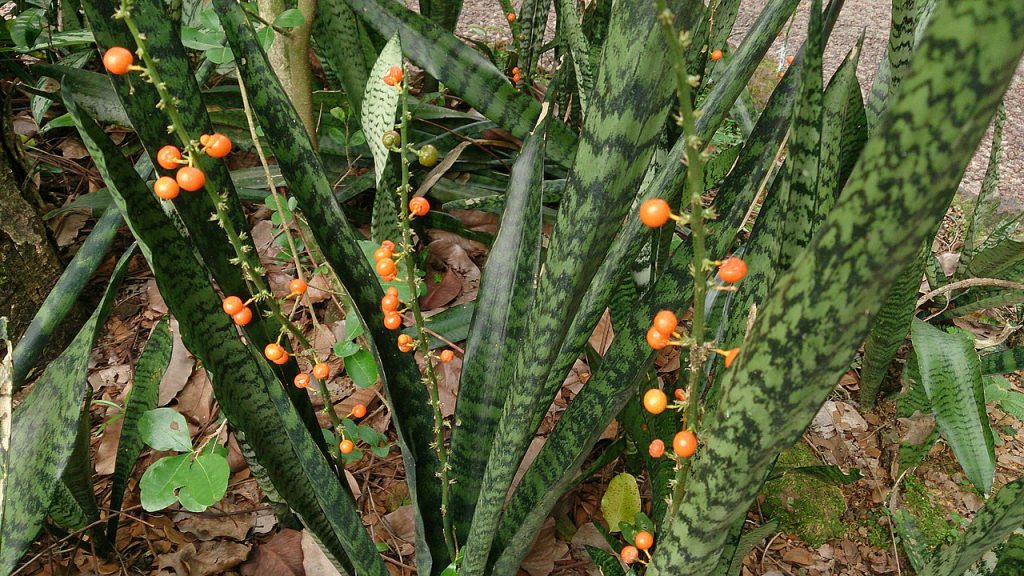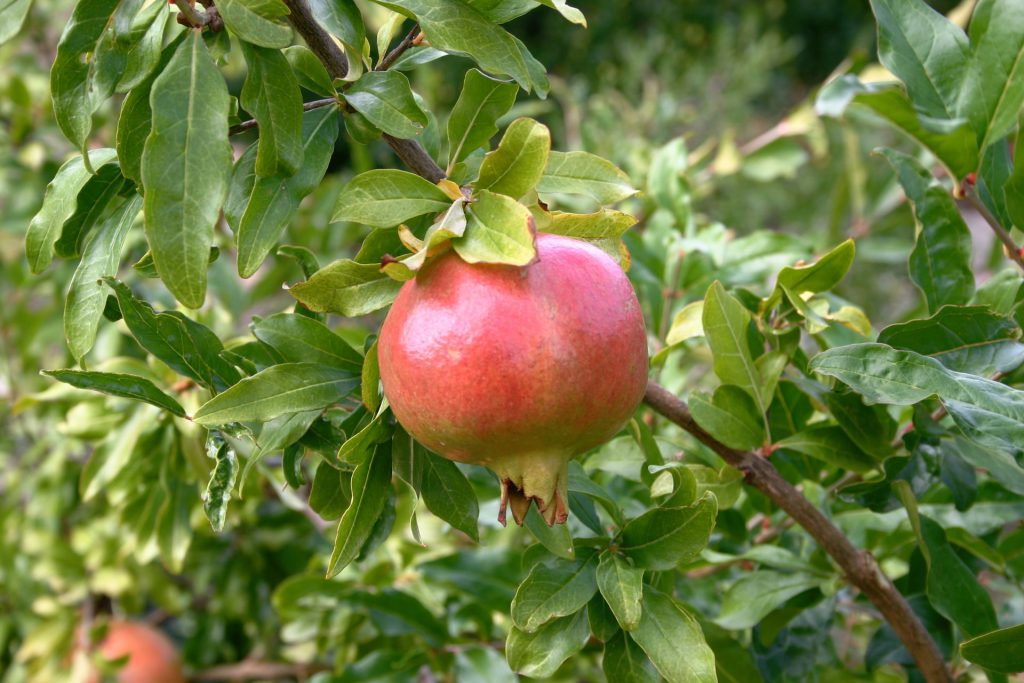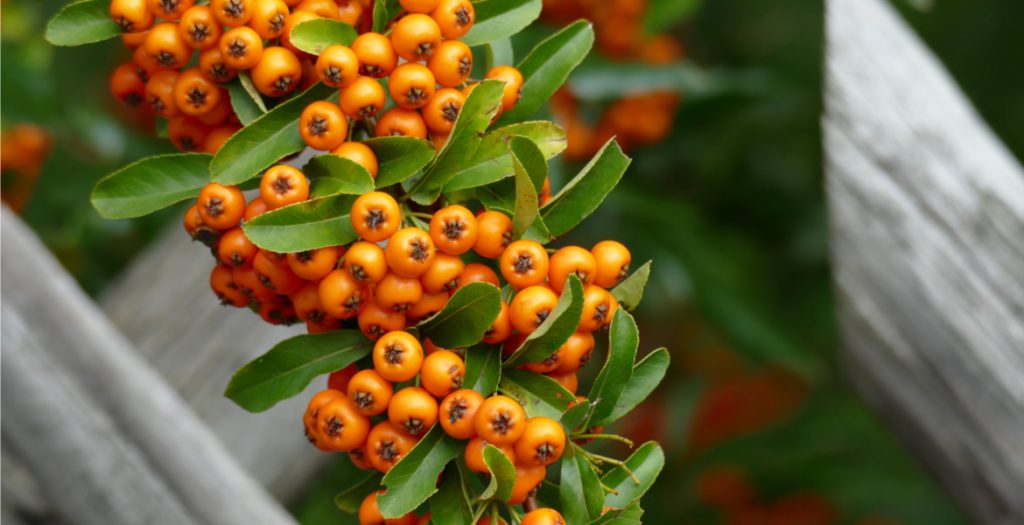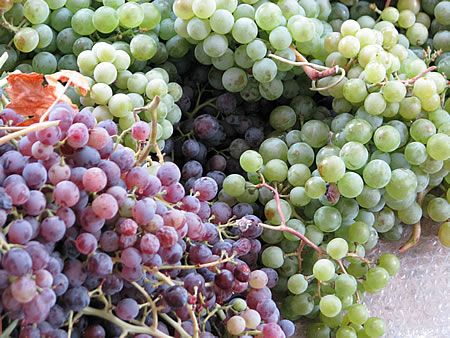The Dracaena genus of tropical broadleaf evergreen shrubs and trees includes several species commonly used as houseplants throughout the world.
But there are also plants from entirely different genera that are also commonly known as dracaenas.
For example, the houseplant sometimes called “ti tree” is now officially labeled as Cordyline australis, even though it is still sometimes sold as a dracaena. Whatever official genera it belongs to, when you purchase a dracaena, you are usually buying a species characterized by spear- or grass-shaped leaves that extend off one or more thickened, cane-like main stems. (There are also other Dracaena species that grow from rhizome-like roots, but these are generally sold under other names.)
In their native tropical environments, some dracaena plants can grow to 6 meters or more, but as indoor houseplants, most remain under 2.5 meter tall. Dracaena plants grown outdoors may produce yellowish-white flowers followed by berries, but this is rare for those grown as houseplants.
Be aware that plants in the Dracaena genus contain saponins that are toxic to cats and dogs.
Dracaena Care
The Dracaena species commonly grown as houseplants are generally quite easy to grow in large, well-draining pots filled with ordinary commercial potting mix. Proper watering and correct light exposure (plenty of indirect light, but not much direct sunlight) will keep them healthy.
Light
Generally speaking, dracaena plants do best in bright, filtered, or indirect light, though they can stand short periods of direct sunlight.
Soil
Dracaena plants grown as houseplants do well in any peat-based commercial potting mix, which has the slight acidity that these plants prefer. If grown in the landscape in tropical regions, the soil should be rich and well-drained.
Water
These plants should be kept consistently moist during their growing season (spring through fall), but allowed to go drier in the dormant winter period. Water them thoroughly each week during the active growing season, allowing excess water to drain through the pot into a tray or basin beneath. In winter, water more moderately every two weeks.
Temperature and Humidity
Most dracaena species thrive at temperatures of 70 to 80 degrees Fahrenheit but will react badly if temps fall below 50 degrees. These tropical plants like a fairly high humidity level, which can be a problem for indoor plants during the dry winter months. Misting or using a room humidifier may be necessary for dry-air conditions.
Fertilizer
Dracaena plants do well with a monthly feeding with a water-soluble fertilizer formulated for houseplants during spring and summer. Feeding should be held back in fall and winter when plant growth slows down.
Dracaenas can get by with little fertilizing. Use a water-soluble houseplant fertilizer. Apply once a month during spring and summer. Cease fertilizing in fall and winter when plant growth slows down.
Pruning dracaena
Although pruning is not essential, dracaena plants tolerate cutting back when necessary to control their shape or height. Pruning is best done during the active growing periods of spring and summer. Yellowing or dead leaves should be removed as they appear.
Greek name: Δράκαινα.
Sources: https://www.valentine.gr/dracaena_gr.php, https://www.thespruce.com/dracaena-overview-care-1902754





